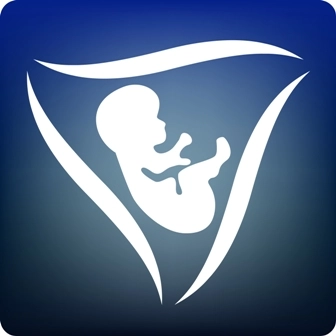Ob-Gyn Coding Alert
Gynecology:
Engage These 3 Challenges for a Clean Endometrial Cancer Surgery Claim
Published on Thu Feb 09, 2023

You’ve reached your limit of free articles. Already a subscriber? Log in.
Not a subscriber? Subscribe today to continue reading this article. Plus, you’ll get:
- Simple explanations of current healthcare regulations and payer programs
- Real-world reporting scenarios solved by our expert coders
- Industry news, such as MAC and RAC activities, the OIG Work Plan, and CERT reports
- Instant access to every article ever published in Revenue Cycle Insider
- 6 annual AAPC-approved CEUs
- The latest updates for CPT®, ICD-10-CM, HCPCS Level II, NCCI edits, modifiers, compliance, technology, practice management, and more
Related Articles
Other Articles in this issue of
Ob-Gyn Coding Alert
- Obstetrics:
Use of a Fetal Monitor Doesn’t Always Mean You Should Report 59025
Make the distinction between NSTs and labor checks. If an ob-gyn uses a fetal monitor, [...] - Gynecology:
Engage These 3 Challenges for a Clean Endometrial Cancer Surgery Claim
You need to know whether your ob-gyn did a limited or complete lymphadenectomy. If your [...] - Compliance:
Gain Deep Understanding of HIPAA Security and Privacy Rule to Secure PHI
Hint: Learn how to properly dispose of PHI. As technology advances, healthcare providers must keep [...] - You Be the Coder:
C-Section Infection
Question: Patient was seen in the hospital for a c-section, and my ob-gyn assisted. This patient [...] - Reader Questions:
Note the Latest NCCI Edits for Ob-Gyn Practices
Question: I know the National Correct Coding Initiative (NCCI) edits usually come out January 1. Did [...] - Reader Questions:
Determine Sulcus Tear Reporting
Question: How does a physician bill for a deep sulcus tear repair when she was called [...] - Reader Questions:
Untangle This Surrogacy Billing
Question: In my 12 years of being in ob-gyn, I have not ever dealt with surrogacy [...] - Reader Questions:
Heed Rules for Proper 99211 Billing
Question: Should I be reporting all services performed by a nurse, including those provided to new [...]
View All




